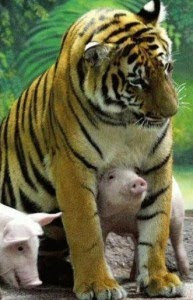
A new study takes a close look at the brain of the migratory monarch butterfly to better understand how these remarkable insects use an internal compass and skylight cues to navigate.
Dr. Steven Reppert from the University of Massachusetts Medical School explains that information from both eyes is integrated and time compensated for the sun's movement by a circadian clock so that flight direction is constantly adjusted to maintain a southerly bearing over the day."
Dr. Heinze says, our results reveal the general layout of the neuronal machinery for sun compass navigation in the monarch brain and provide insights into a possible mechanism of integrating polarized skylight information and solar azimuth," concludes. "More generally, our results address a fundamental problem of sensory processing by showing how seemingly contradictory skylight signals are integrated into a consistent, neural representation of the environment.
















